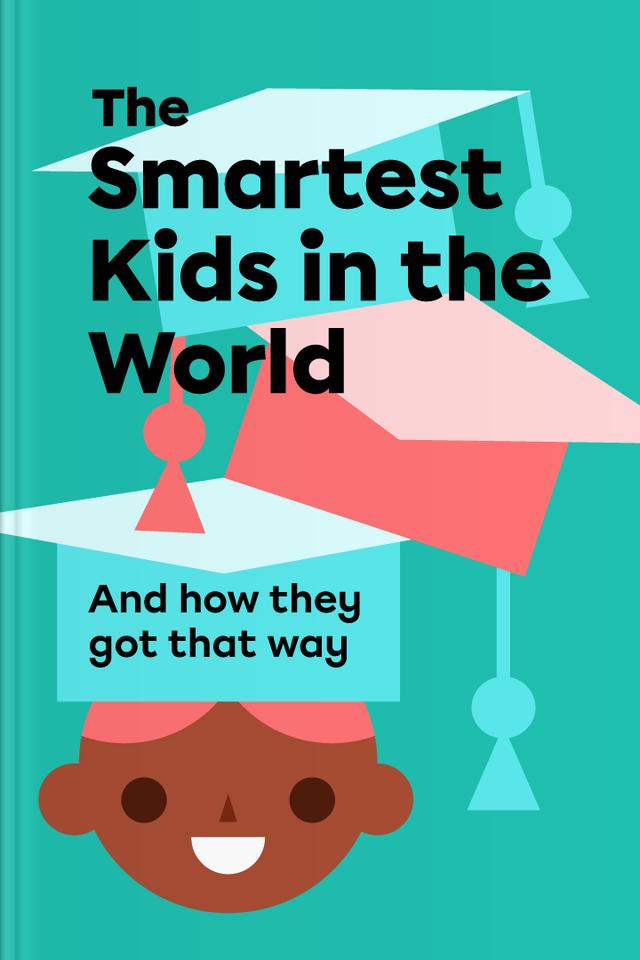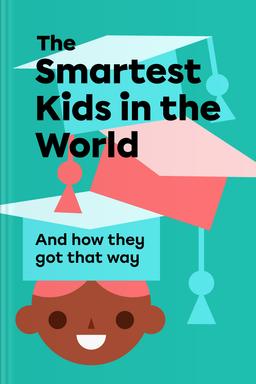You’ll learn
- Secrets of Finland's top-rated teachers
- About the impact of parents reading at home
- Benefits of serious school environments
- Tips for choosing better schools
russia has launched a full-scale war in Ukraine. Donate to support Ukraine and protect the world’s peace.

first KEY POINT
Does a diploma from high school or university prove that a person is competent enough to do their job and meet the requirements laid out for them? It does in some countries, but the situation is more complicated in others.When PISA (a worldwide study on the quality of education by OECD, which measures the proficiency of 15-year-old students in reading, math, and natural sciences) took place for the first time in the year 2000, the results were unexpected. Many presumed that countries like the United States, France, or Germany would run the show once again. They spent a lot on education, equipped many of their classrooms with state-of-the-art technology, and their economies were booming. It had to mean that they were doing something right. So imagine the surprise of everybody when Finland turned out to be the educational superpower, and the prime candidates ended up with scores below the OECD average. The United States, for example, ranked 19th in math.You might be thinking: "It is just another test. Why should I care?" There are several reasons for that. For one thing, PISA does not assess how good the students are at memorizing and reproducing facts. It was designed to test their critical thinking and ability to solve real-life problems. Teenagers are asked to share their opinion and explain their answers, not just circle the right option. These are the competencies that matter for the countries in the long term.Jobs are becoming more and more complex. Today, even factory workers must be able to thoroughly analyze the instructions they are given and make reasonable decisions related to their trade. That is why countries that want to make sure that their economies are not lagging in the future must focus on the quality of the school education that their kids receive now.What have Finland, Korea, and Poland done to become educational superpowers? They combined rigorous curriculum, responsible parenting, and top-notch teaching to achieve the best results. What mistakes did they make? What practices and techniques do they use? Are their kids not only bright but also happy? Keep on with this piece to find out — because Amanda Ripley and her field agents abroad are ready to share their recipe for educational wonder with you.
second KEY POINT
What is the most challenging career choice a person can make in your country? You probably answered becoming a doctor or a lawyer. In Finland, however, it is just as hard to become a teacher.1. First, your scores for the school graduation exam should be higher than average.
2. Then you can try to get into one of only eight prestigious teacher-training universities that accept only 20% of applicants.
3. After that, you study rigorously for six years. Finnish teachers are required to have a master's degree, too.
4. For one year of your master's program, you train in one of the country's public schools. Teacher mentors closely watch your classes and give you their honest (and sometimes harsh) feedback.
5. And only then can you work as a teacher.On the contrary, in the United States, becoming a teacher is easy. More often than not, you do not have to be a straight-A student to major in education. In 2000, ten out of ten teachers in Finland graduated in the top third of their classes in high school. However, in the States, only two out of ten managed to do so. American universities welcome almost anybody as long as they claim to love kids. Take Northeastern State University in Oklahoma. There, the typical ACT score of future teachers is lower than the national average, and the acceptance rate is 75%. The situation is similar for many other teacher-training programs across the country. How about hands-on practice? American teachers intern just for a couple of weeks. Is this enough time to get meaningful feedback and genuinely understand the school system? It seems not, because Finnish teachers train for a whole year.Why is having highly competent teachers so important? Because they do not need constant supervision from the government to do great. Such teachers can be trusted with more autonomy but also — more accountability. For example, they can choose textbooks, write lesson plans, and engineer experiments within their classrooms to figure out what works best for them because they have enough expertise to do so. As a result, there is no need for expensive school inspections and step-by-step studying programs. Knowledgeable teachers can design a more productive education system than any centralized authority ever could.

Continue reading with Headway app
Continue readingfirst KEY POINT
second KEY POINT
third KEY POINT
fourth KEY POINT
fifth KEY POINT